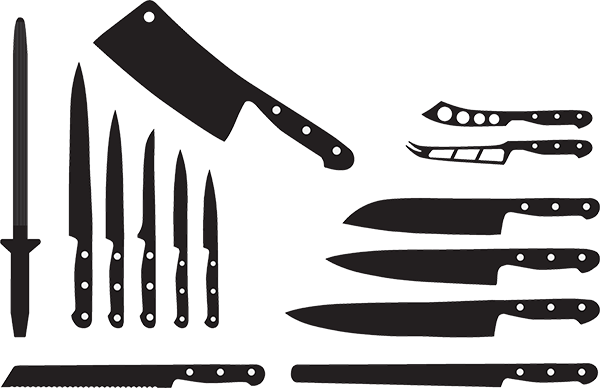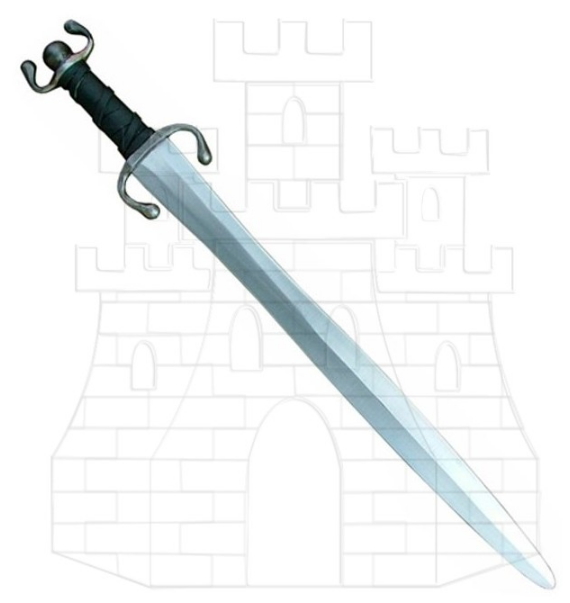What is the Blade of a Cutting Weapon?
The blade of a cutting weapon is the key component that provides both performance and functionality to a wide range of weapons, including swords, knives, daggers, axes, and machetes. From the guard, designed to protect the user's hand, to the tip, the blade plays a crucial role in combat techniques, enabling various actions such as cutting, striking, or piercing targets. The specific characteristics of the blade, such as its length, width, and shape, vary significantly and are fundamental to its effectiveness in different contexts of use, whether in culinary activities, recreational use, or combat sports.

Regarding manufacturing materials, blades can be found made of various types of steel, each with characteristics that impact both their performance and maintenance. Below are some of the most common types:
- Carbon steel: This type of steel is highly valued for its ability to maintain a sharp edge, making it an excellent choice for applications that require precise cuts. However, proper care is crucial, as it can rust if exposed to corrosive elements.
- Stainless steel: Offers superior resistance to corrosion, making it ideal for those looking for a low-maintenance and highly durable weapon, especially in humid environments or where water exposure is constant.
- Damascus steel: In addition to its strength, this type of steel is famous for its ornamental surface patterns, making it a popular choice among those who value both aesthetics and functionality in their weapons.

In addition to materials, the shape of the blade is a crucial aspect that affects its performance. Some of the most common blade shapes include:
- Straight blades: Especially useful for precise and direct cuts, they are ideal for tasks that demand precision.
- Curved blades: Allow for smoother movement, making them perfect for tasks that require broader and more dynamic cuts.
- Sharp-tipped blades: These are specifically designed for more effective piercing, being very useful in situations that require quick and effective penetration.
The choice of blade shape should be based on the combat technique that is planned to be used, as well as the specific conditions of each confrontation. Furthermore, the personal style and preferences of the user are equally fundamental when selecting a weapon, providing a subjective factor that should not be ignored.

The proper maintenance of the blade is essential to maximize its lifespan and effectiveness. This maintenance includes regular practices of sharpening, cleaning, and the application of protective oils to prevent rusting. Neglecting these aspects can compromise the integrity of the weapon, resulting in ineffective performance, especially in critical situations. Careful maintenance not only prolongs the life of the blade but also enhances its overall performance during use. Additionally, this maintenance helps preserve the aesthetic and functional value of the weapon over time.
Finally, understanding the nature of the blade is fundamental, not only for collectors and enthusiasts of cutting weapons but also for martial artists and combat aficionados. Making informed decisions when selecting a blade involves considering a wide variety of factors ranging from combat techniques and personal preferences to the intended use, ensuring that each user finds the weapon that best suits their specific needs and objectives.
















